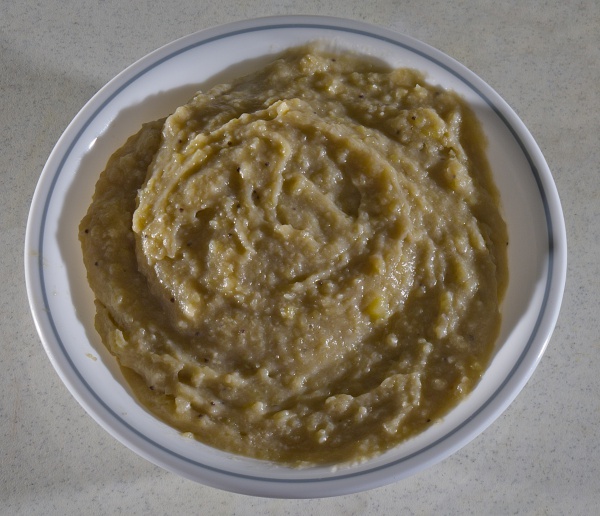Facts About Mangú
Mangú is a cherished traditional dish from the Dominican Republic, versatile enough to be enjoyed at any meal—breakfast, lunch, or dinner. At its essence, Mangú is made by boiling and mashing plantains or green bananas, then mixing them with butter, margarine, or oil to achieve a creamy consistency. It is typically garnished with sautéed red onions cooked with vinegar, which adds a tangy flavor.
For a complete Dominican experience, Mangú is often accompanied by fried cheese, Dominican salami, and fried eggs. This combination is affectionately known as "los tres golpes" or "the three hits" highlighting the trio of delicious accompaniments.
The origins of Mangú trace back to the Congo region of Africa. Enslaved Africans brought their culinary traditions to the Caribbean, and variations of this dish can be found in different regions. In other parts of the Caribbean and Latin America, similar dishes are known by different names: it's called fu-fu in some places, mangú in the Dominican Republic, fu-fu de platanó in Cuba and Panama, hudut in Belize, bolón in Ecuador, eto in Ghana, and cayeye or cabeza de gato in Colombia. The term "mangusi" was originally used to describe any boiled and mashed root vegetable.
The African influence on Mangú is unmistakable, and there’s no contemporary evidence suggesting that the word "mangú" has American origins. This dish is a flavorful testament to the rich cultural tapestry that defines Dominican cuisine.

 Haiti
Haiti